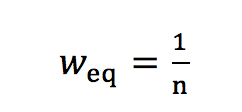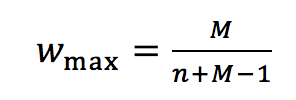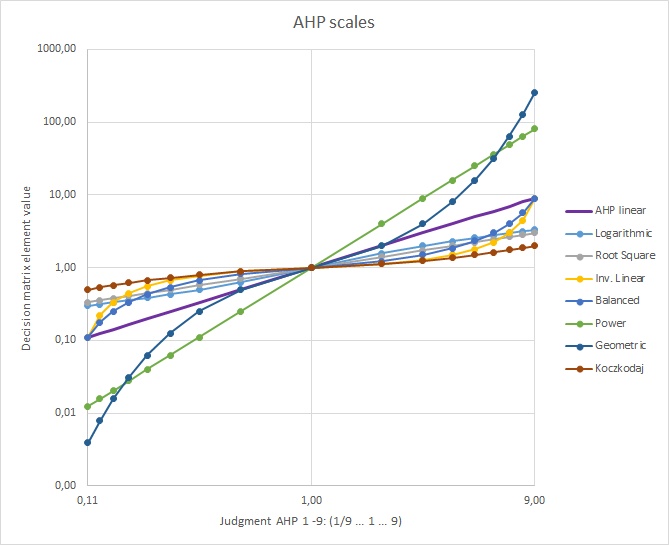Concepts, Methods and Tools to manage Business Performance
Dear Friends, dear Visitors,
Over the last three months I did a lot of under-the-hood changes and clean-up on the website to improve safety and user experience. As you may have noticed, the protocol is now https: the web traffic is encrypted using an SSL client certificate. After some tweaking the page performance could be improved significantly, loading time is nearly reduced by half. All pages, including my AHP-OS online software and the diversity calculator, were made mobile friendly, though I don’t recommend to use AHP-OS on a small mobile phone screen.
In addition some new features were added to the AHP-OS online software:
- AHP Weight Uncertainties,
- Sensitivity Analysis and a
- Simplified User Interface
I also wrote a paper about the AHP software implementation, where you can find a description of the structure and all mathematical formulas and references. Please make a reference to this paper, when you use the software in your work to be published.
Kindly support my effort, either with a donation, or at least give a 1 (poor) to 5 (excellent) rating to my web posts, which will help me to get some feedback on my work.
For now, please enjoy your visit on the site and feel free to leave a comment – it is always appreciated.
Klaus D. Goepel,
Singapore, September 2017
BPMSG stands for Business Performance Management Singapore. As of now, it is a non-commercial website, and information is shared for educational purposes. Please see licensing conditions and terms of use.






 (3)
(3) (3a)
(3a) (3b)
(3b)

